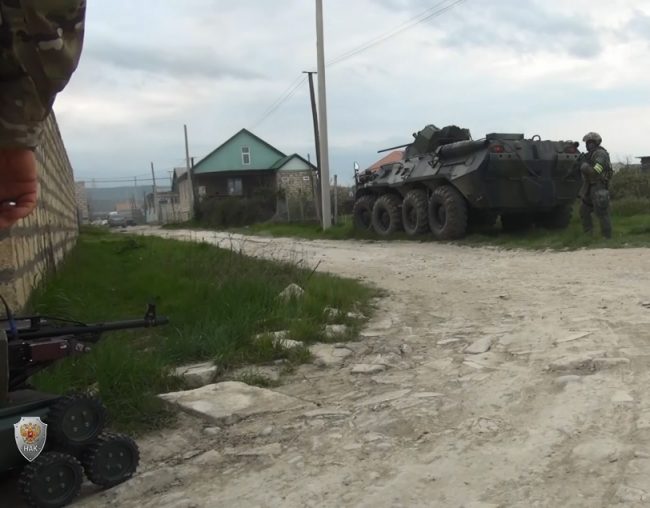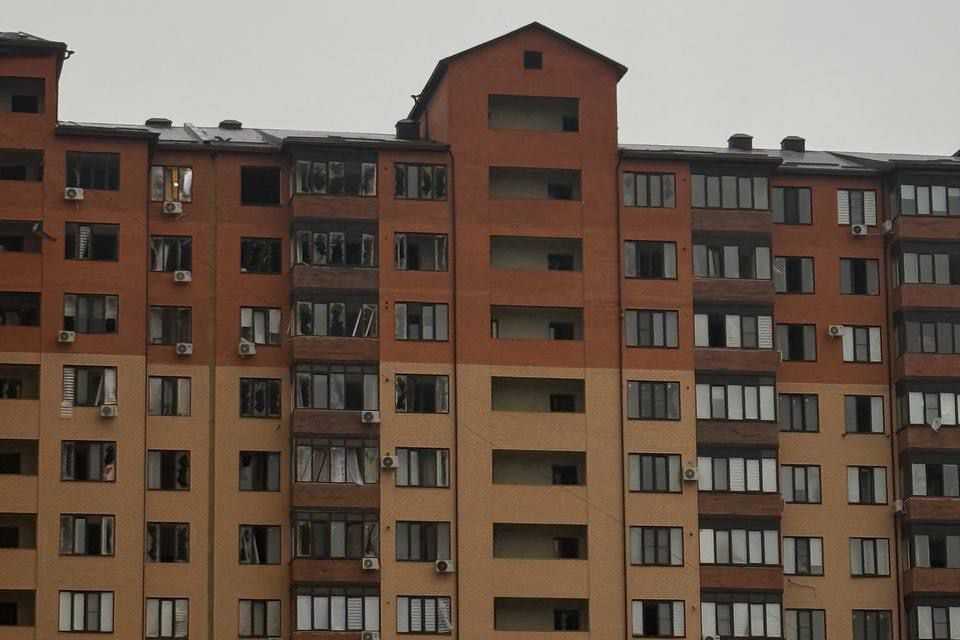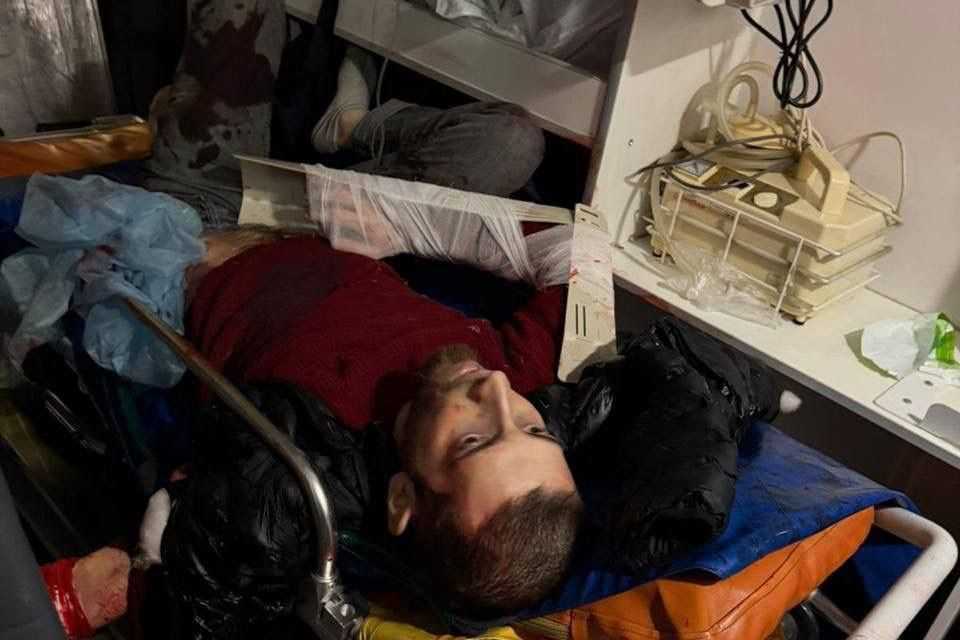

 Nine alleged militants were killed in a major counter-terrorism operation in the southern Daghestani city of Derbent on Saturday. One more was killed on the same day in Stavropol Krai.
Nine alleged militants were killed in a major counter-terrorism operation in the southern Daghestani city of Derbent on Saturday. One more was killed on the same day in Stavropol Krai.
What is a counterterrorism operation regime
The 2006 law ‘On counteracting terrorism’, allows security services to declare a counterterrorism operation regime giving them the right to:
- Check identity documents and detain anyone who cannot produce them;
- Control and suspend telephone and other communications;
- Access and enter all premises without a warrant;
- Commandeer official and private vehicles at will;
- Set up checkpoints to restrict movement of vehicles and people
- Introduce a quarantine;
- Remove people and objects from the operation zone;
- Restrict the sale of weapons, ammunition, explosives, drugs, and alcohol.
According to Russia’s National Anti-Terrorism Committee, two groups of militants were located in two different parts of the coastal city of Derbent, and an anti-terrorism operation regime was introduced there at 13:30. The Committee said the alleged militants refused an offer to lay down their arms and surrender to the authorities and opened fire. A shootout ensued in which nine alleged militants were killed and one Spetsnaz member was wounded.
Caucasian Knot cited a source in the Russian Investigation Committee for Daghestan as saying that three militants were killed when they opened fire after authorities asked them to present identity documents. Six others, they said, were killed after opening fire from a house surrounded by special forces. The source reportedly said the group was preparing terrorist attacks for 1 May celebrations.
According to Caucasian Knot, fifteen people have died in the insurgency in Daghestan so far in 2018, including four civilians. In 2017, the number of dead was 47. The figure includes militants, civilians, and law enforcement.
An alleged member of the Islamic State was killed on the same day in Stavropol Krai, Russia’s Federal Security Service (FSB) reported. According to them, the man opened fire after authorities tried to detain him. They said he was planning attacks on government and security agency buildings in Stavropol Krai.
‘Isolated, self-start up groups of sympathisers’
Mark Youngman, a doctoral researcher focusing on the ideologies of the North Caucasus insurgency and Russian-speaking extremist activity at the University of Birmingham, told OC Media that there was no evidence that the Derbent group was connected to wider organisational structures.
‘At first glance, events in Derbent appear to fit the pattern of the last couple of years. The insurgency as an organised force has been decimated, and neither the Caucasus Emirate nor the Islamic State’s Caucasus Wilayah have any recognised leaders left on the ground. Instead, what we’re seeing is largely isolated, self-start up groups of sympathisers — both in and outside the North Caucasus. To date, there is no open-source evidence of any structure uniting them’, Youngman told OC Media.
‘The Derbent operation appeared to be a slightly larger group, but other than that it seems to fit this trend. What is interesting is that we appear to be seeing more people operating outside or cooperating across republic or regional boundaries than was the case when the insurgency was more organised. Thus, according to Kommersant, the Derbent operation involved someone from Khanty-Mansiysk Autonomous Okrug’, Youngman said.









